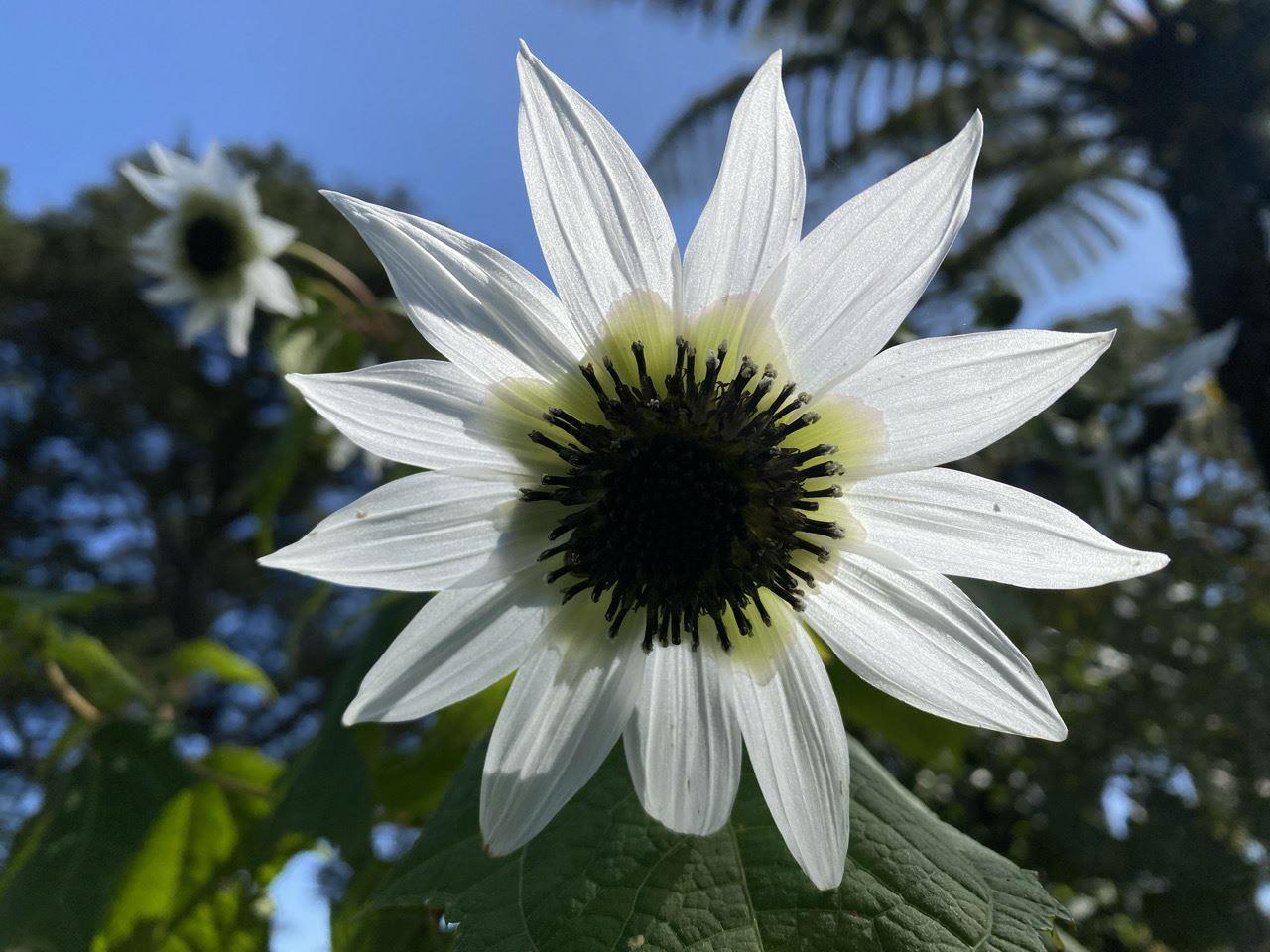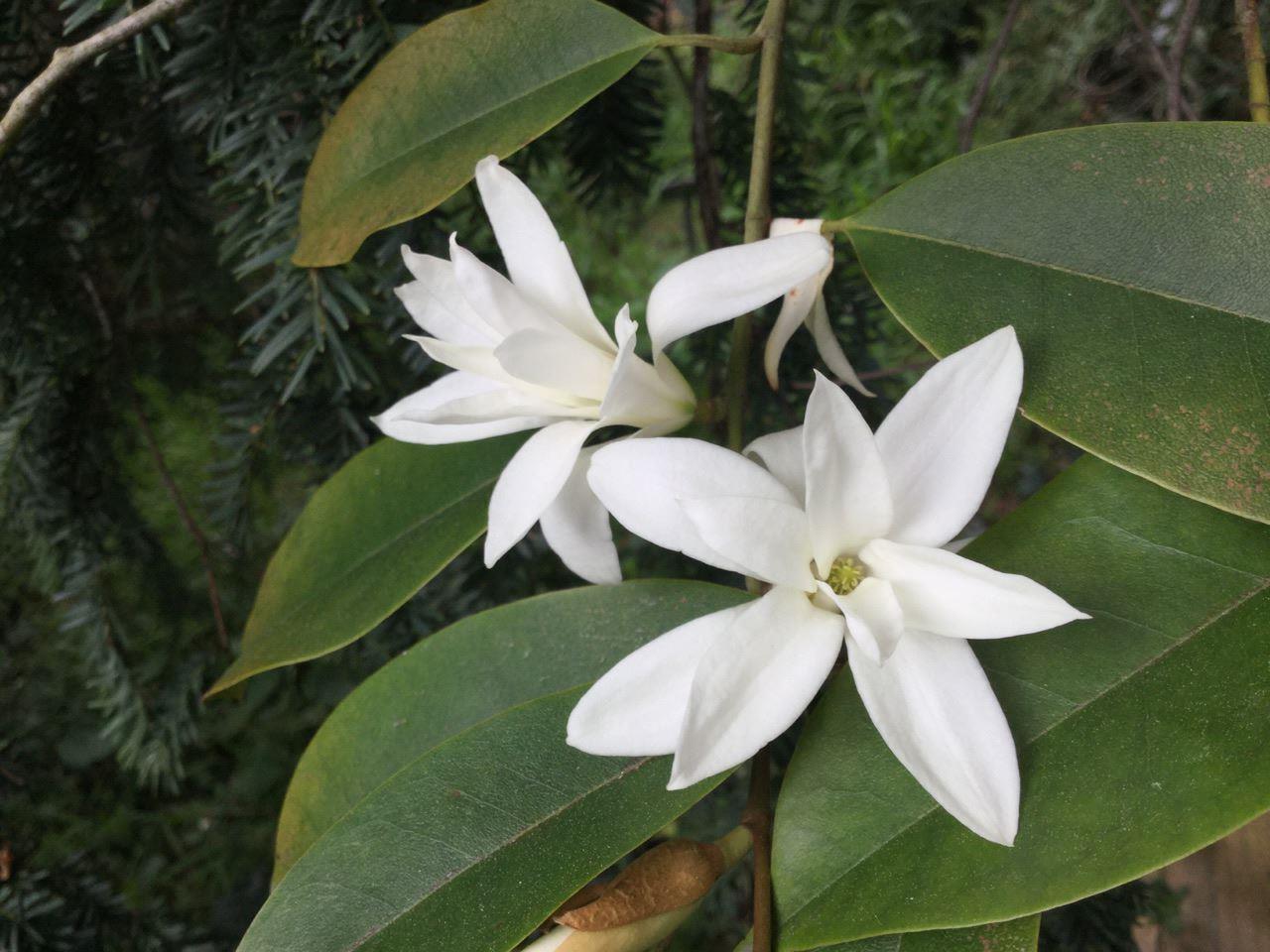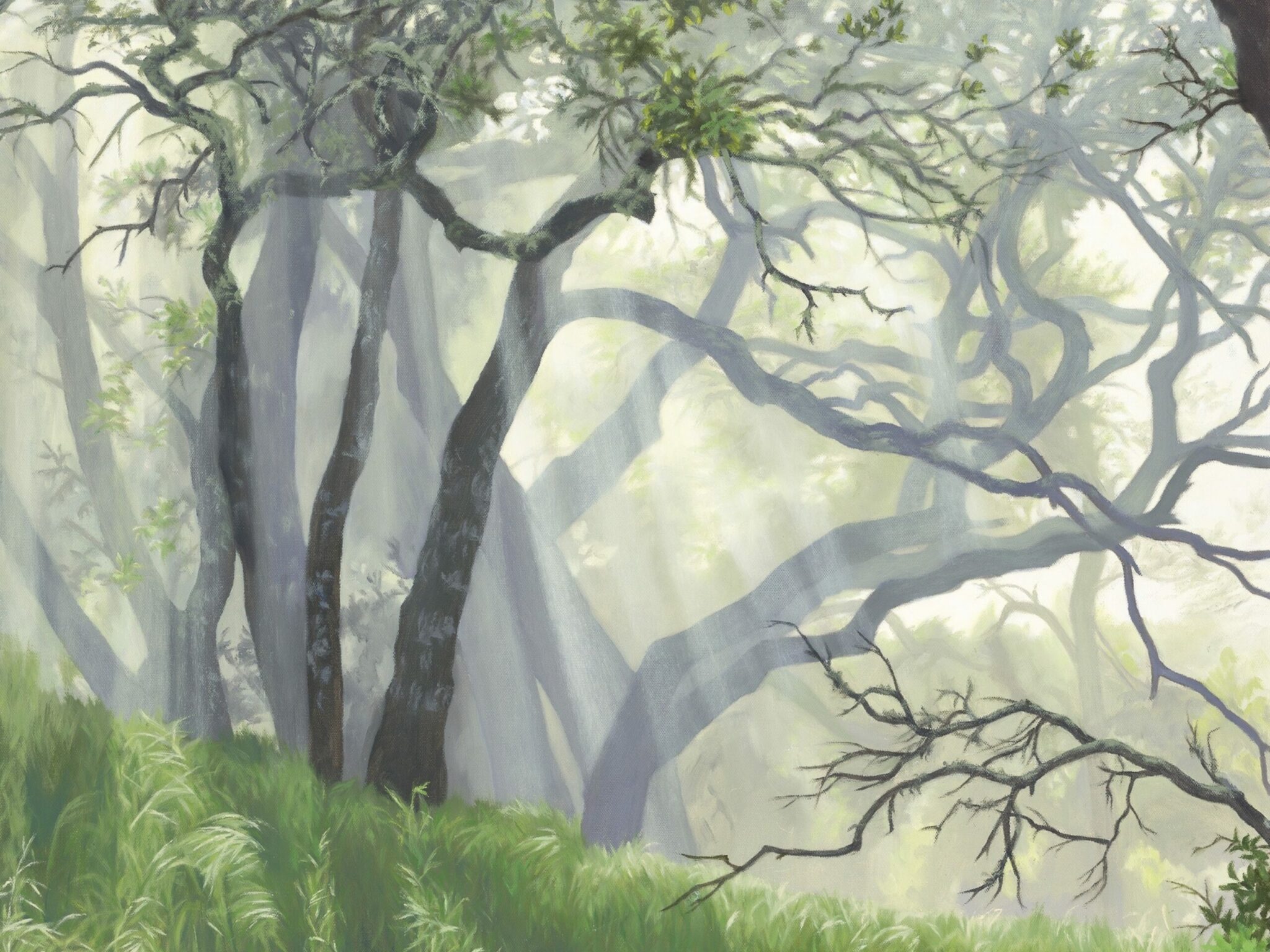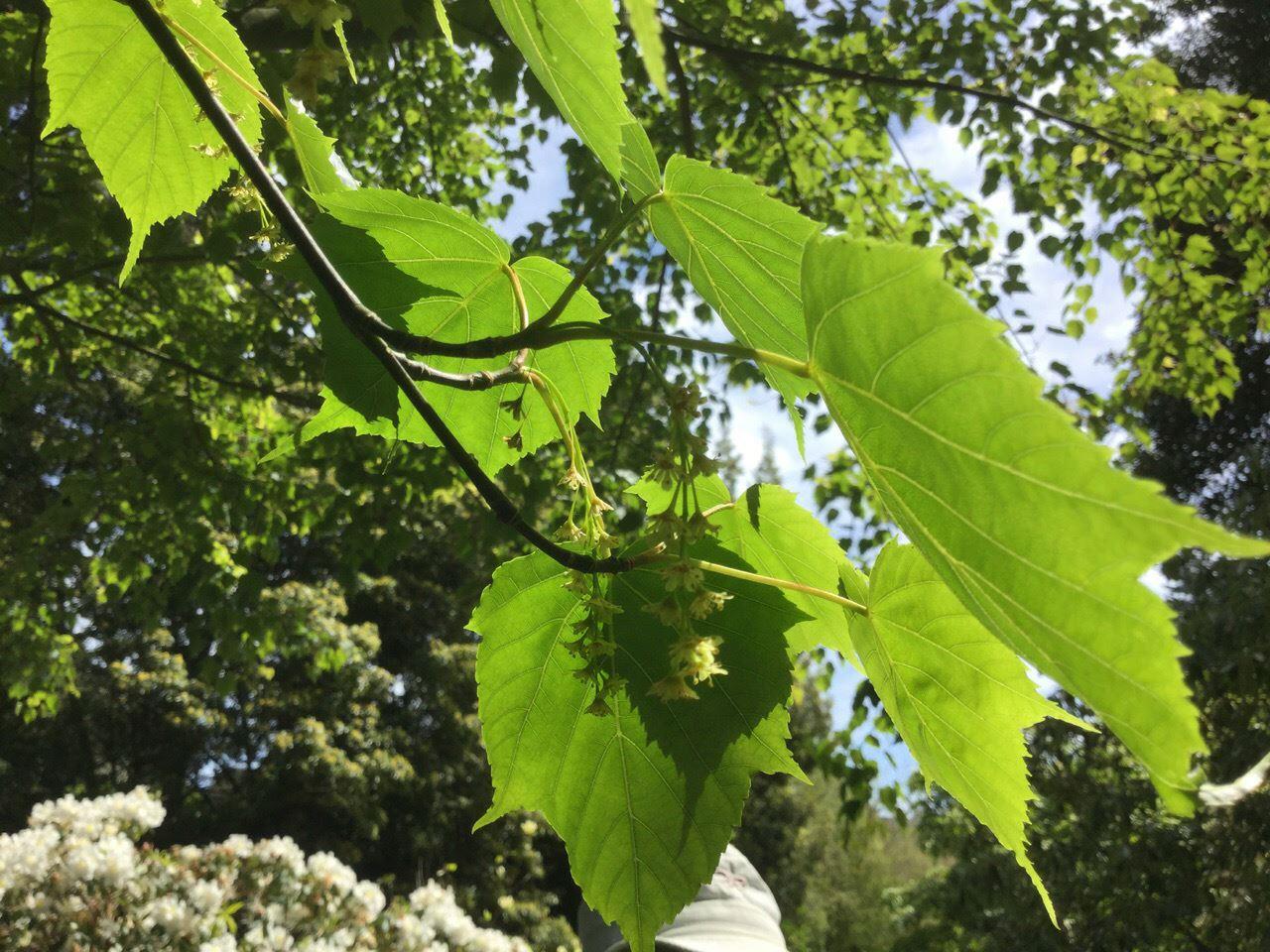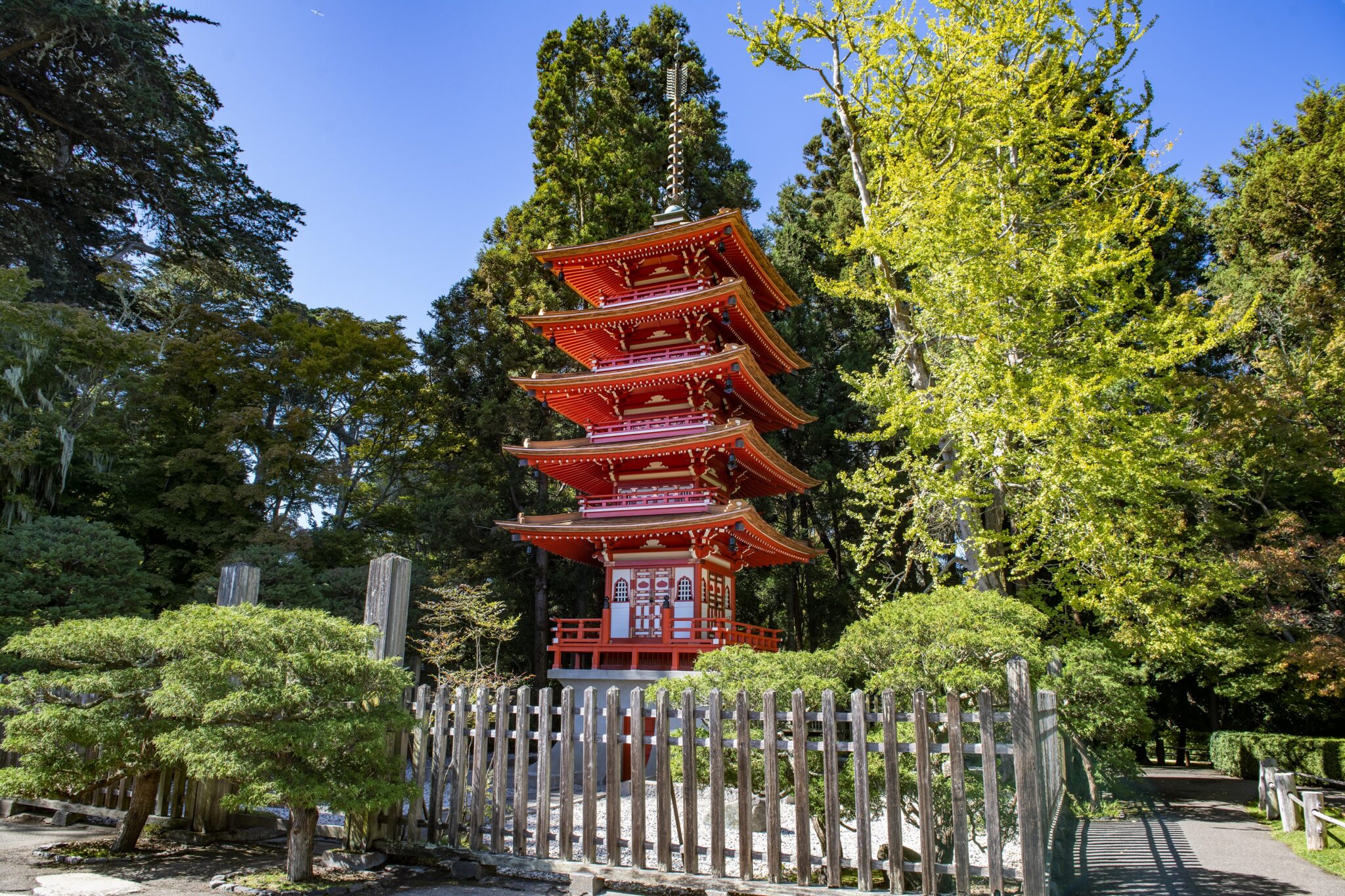Stories from the Gardens

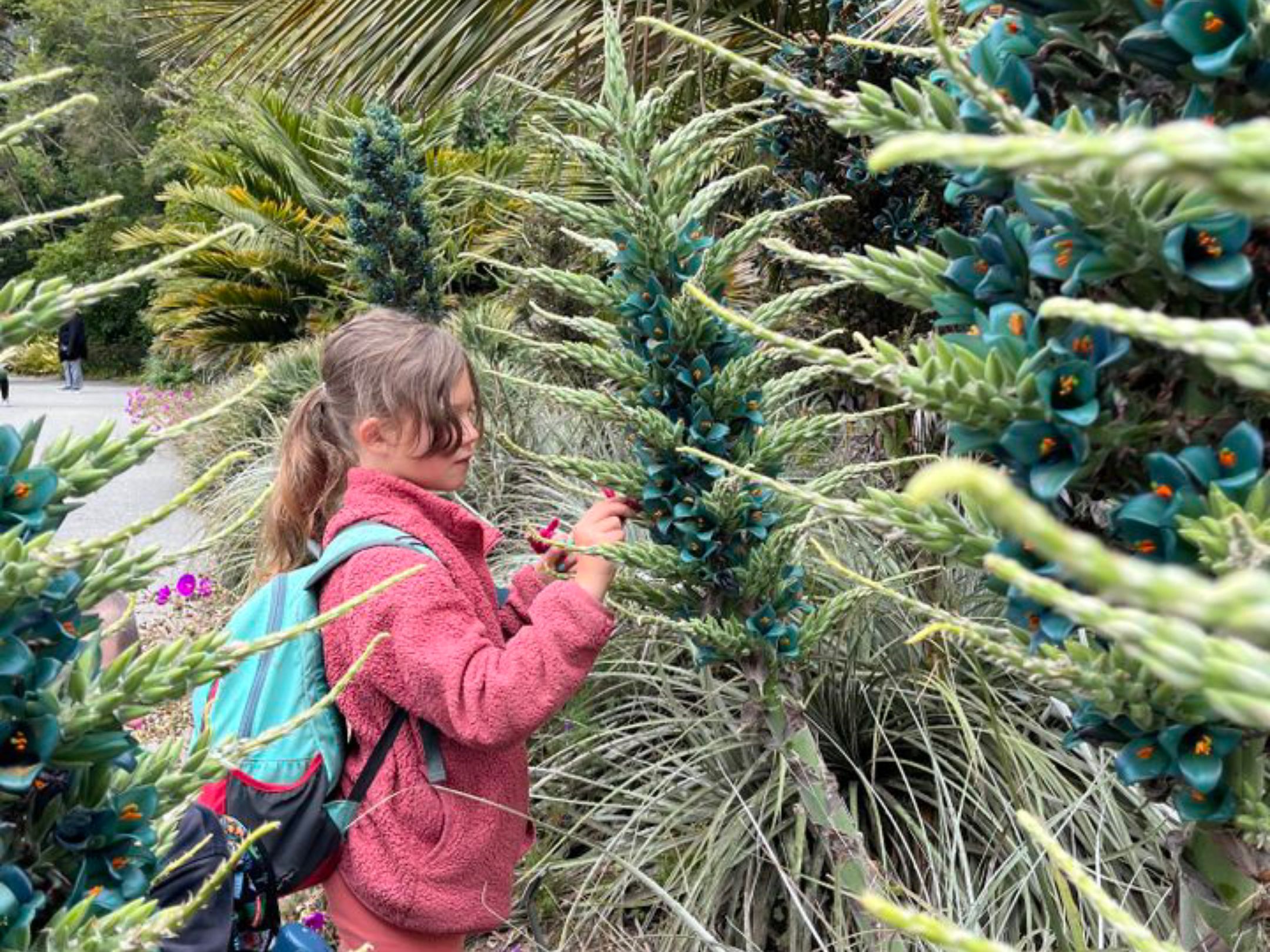
Garden Camp is back for an exciting summer of outdoor fun and learning!
Garden Camp connects children to plants and each other through structured activities and unstructured play, all amidst plants from around the world. We strive to enrich the “whole child” and develop a deep appreciation for plants, comfort with outdoor learning, and a lifelong love for the Gardens of Golden Gate Park.
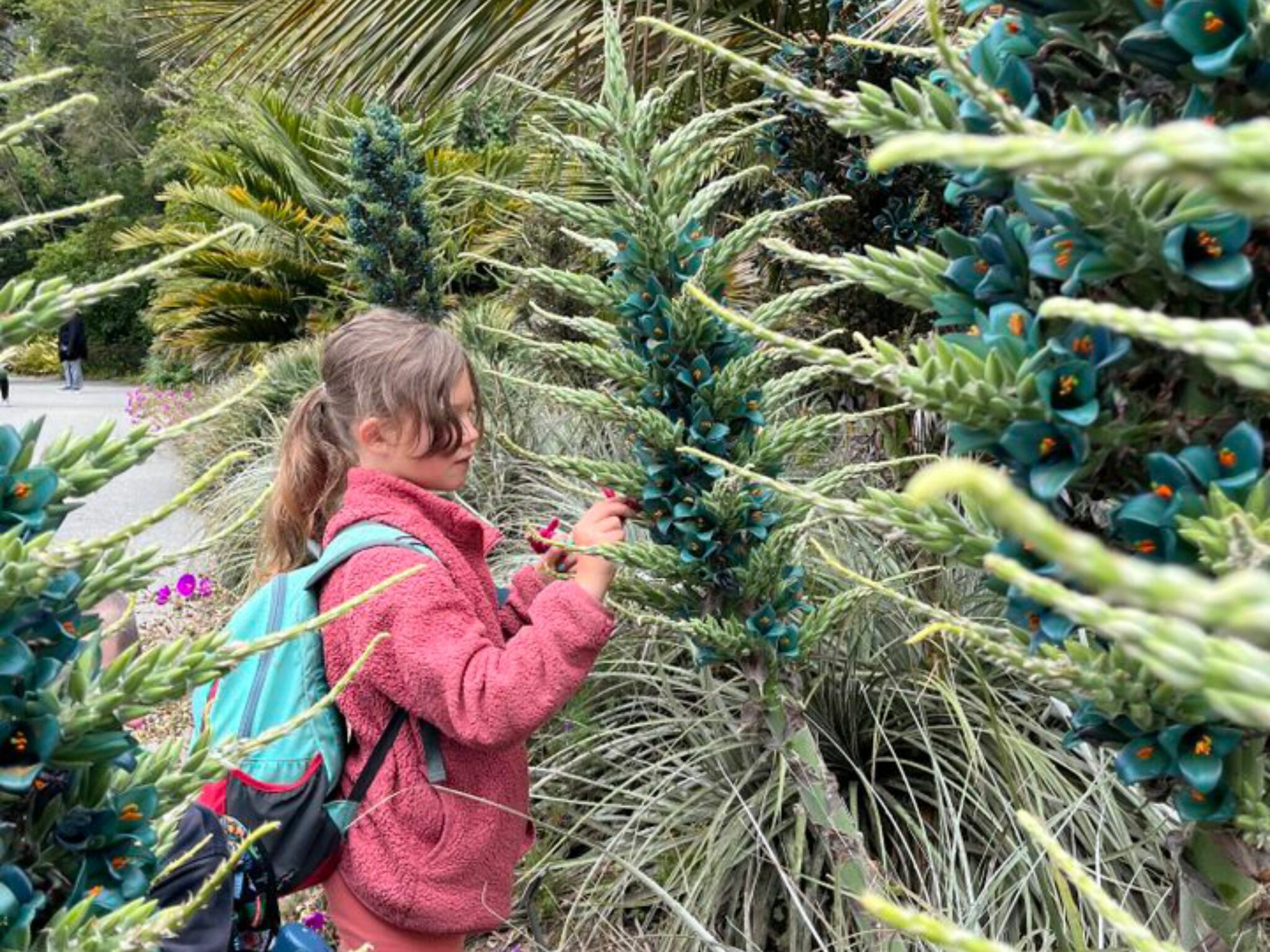
Garden Camp is back for an exciting summer of outdoor fun and learning!
Garden Camp connects children to plants and each other through structured activities and unstructured play, all amidst plants from around the world. We strive to enrich the “whole child” and develop a deep appreciation for plants, comfort with outdoor learning, and a lifelong love for the Gardens of Golden Gate Park.
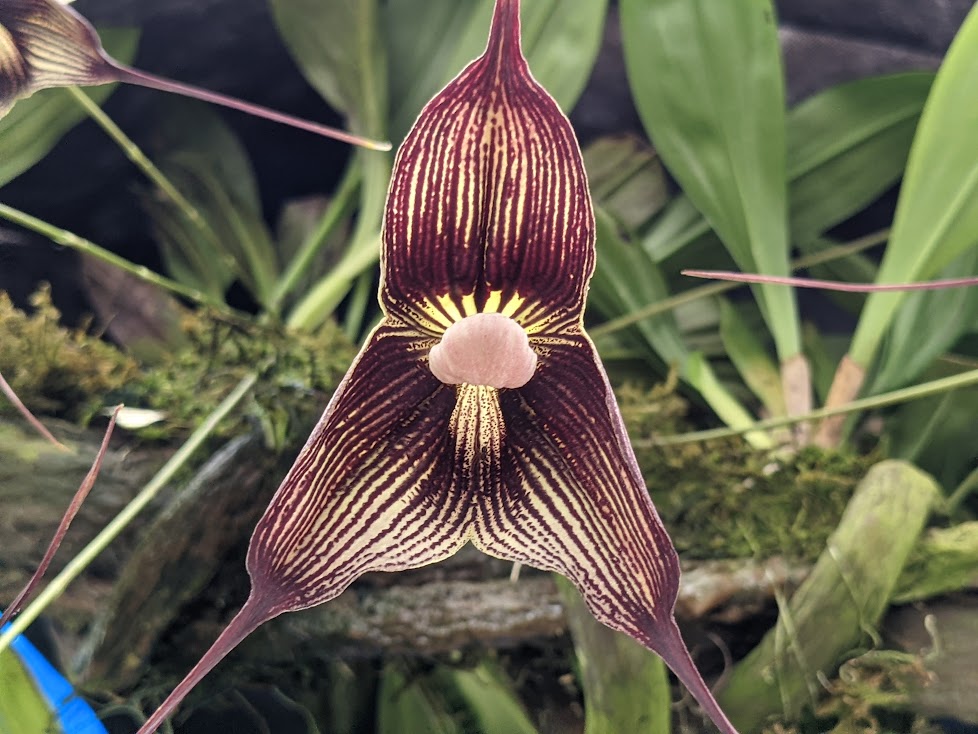
Curator’s Corner – Dracula spp.
The genus Dracula represents over 100 species, with a natural habitat ranging from Mexico down to Peru.
Become a Member
Enjoy members-only perks and unlimited access to the Gardens all while supporting our mission.

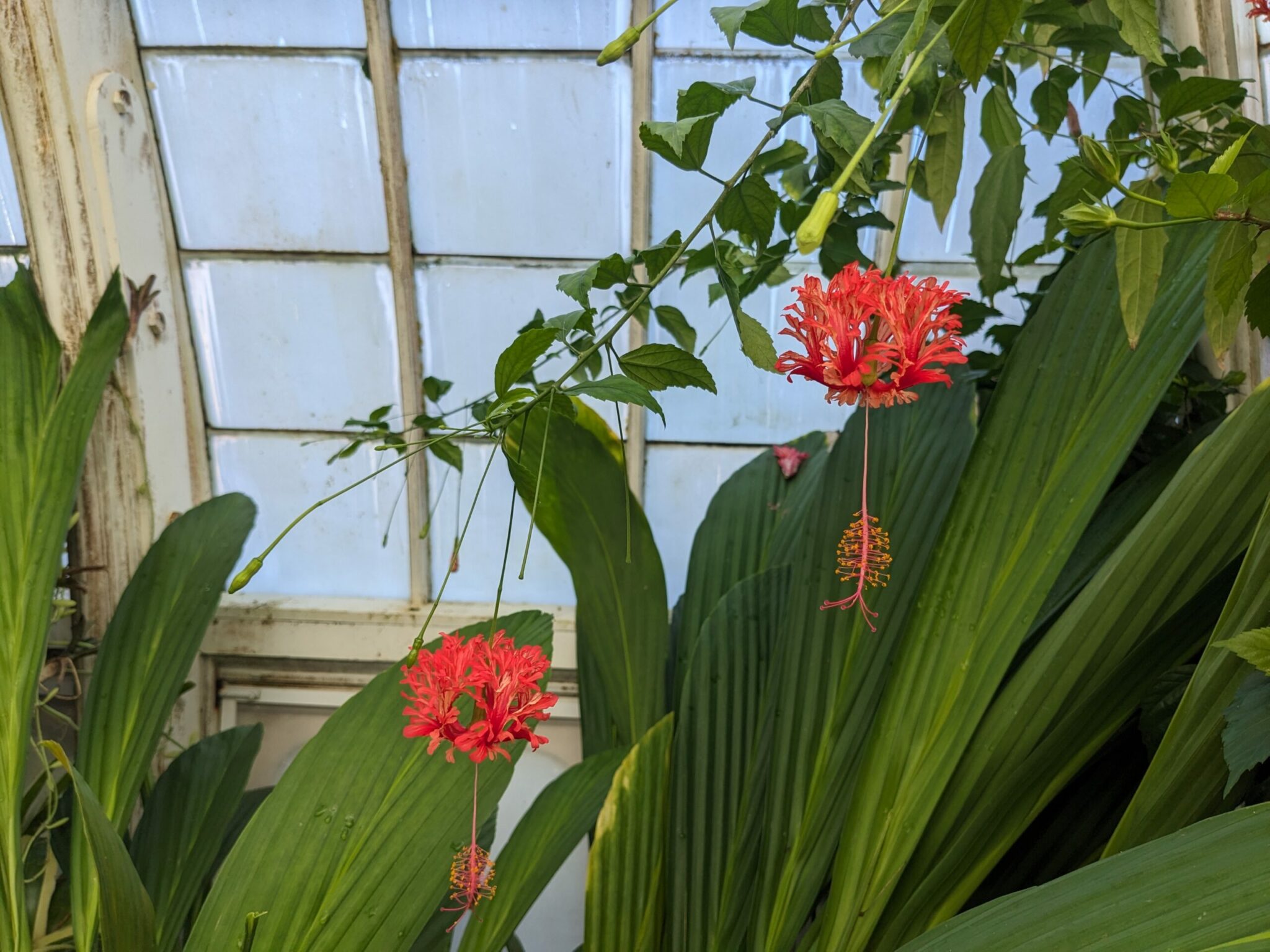
Curator’s Corner – Japanese lantern (Hibiscus schizopetalus)
This vividly colorful plant, which is native to East Africa, blooms intermittently in the Aquatic Plants Gallery of the Conservatory of Flowers.


Gifts at the Garden
Shop the San Francisco Botanical Garden gift market this holiday season
